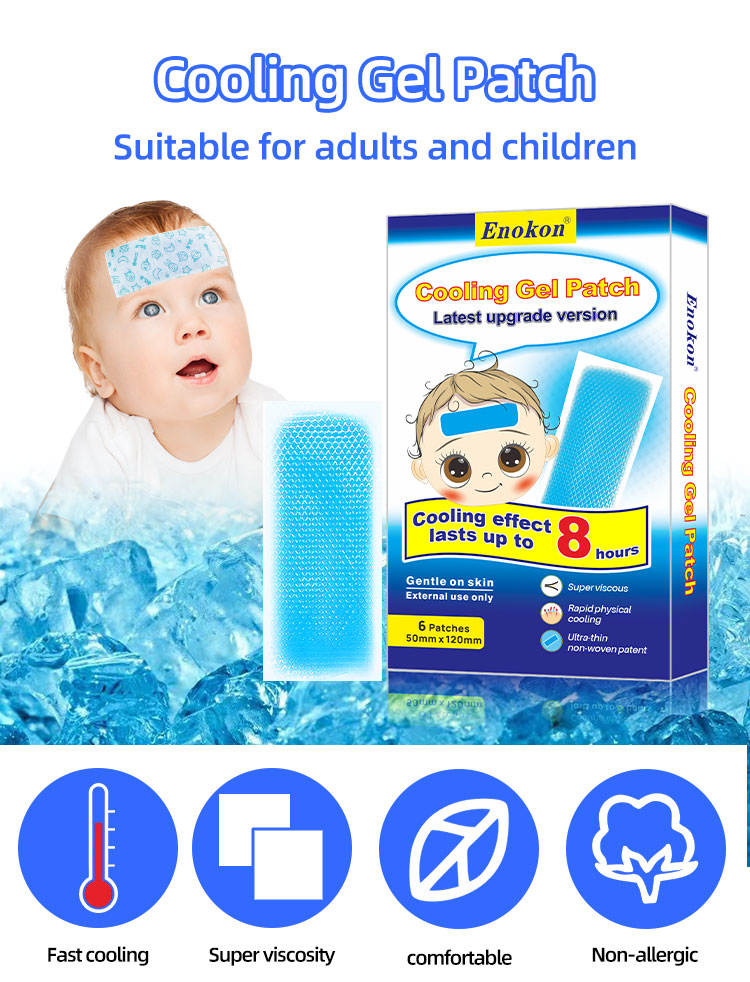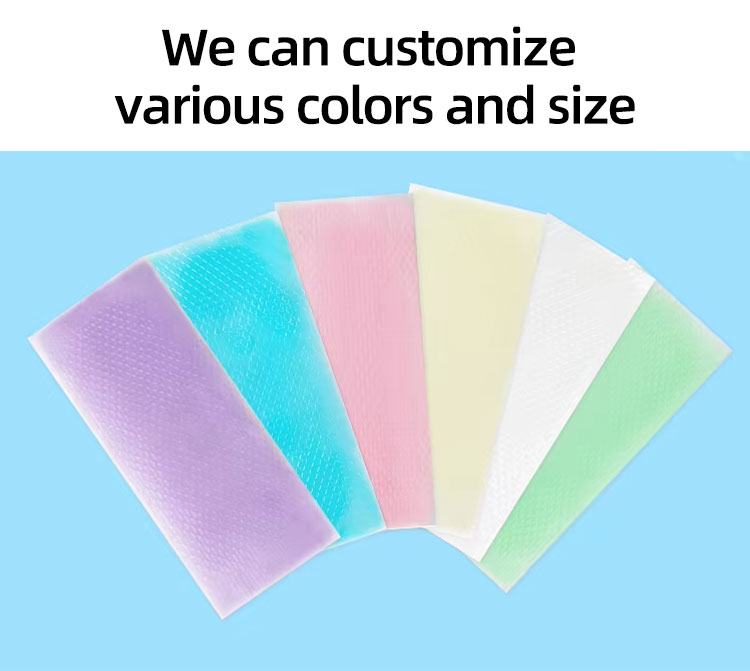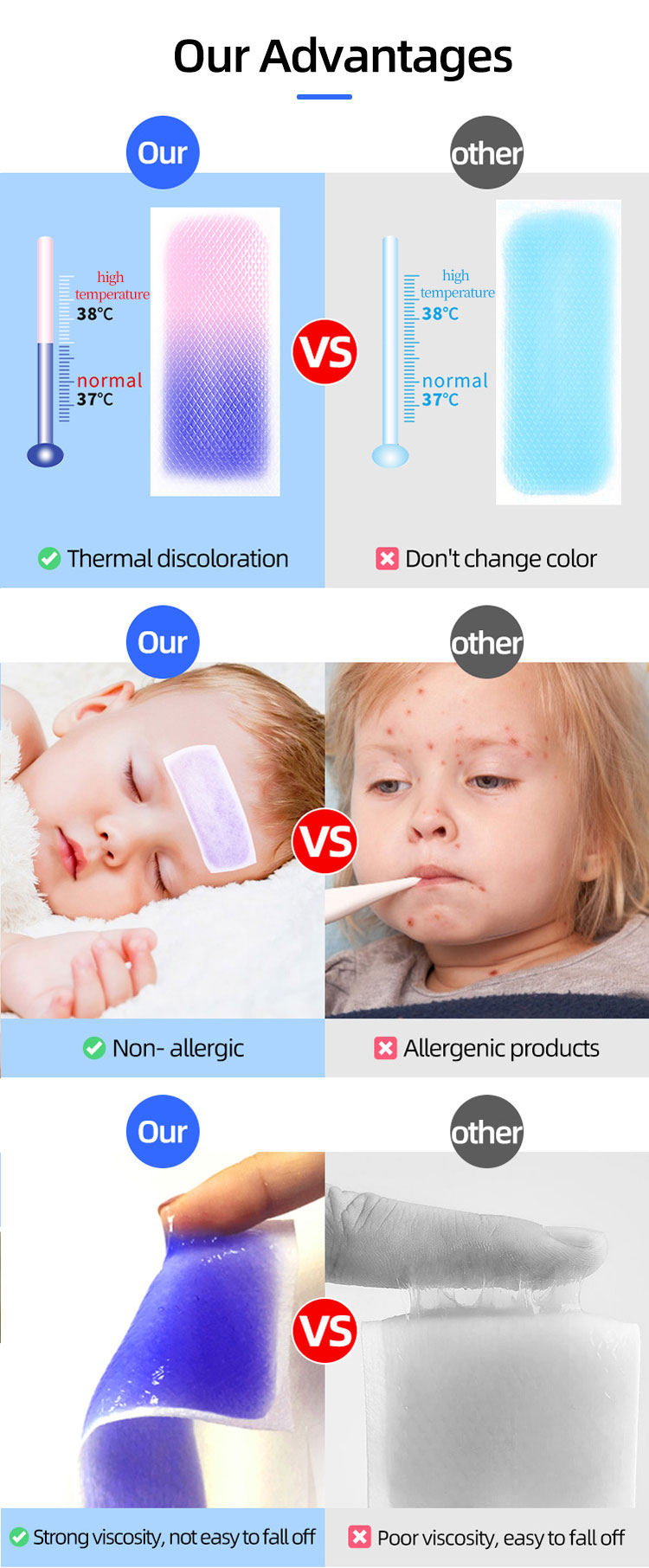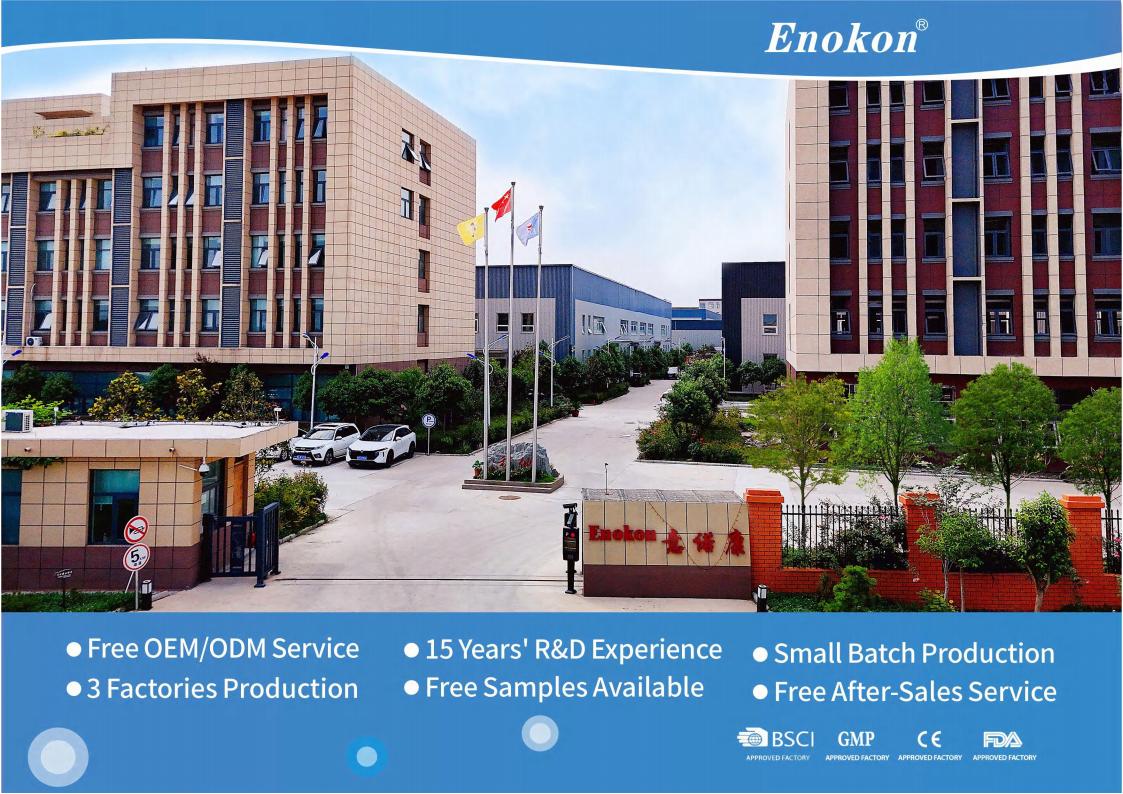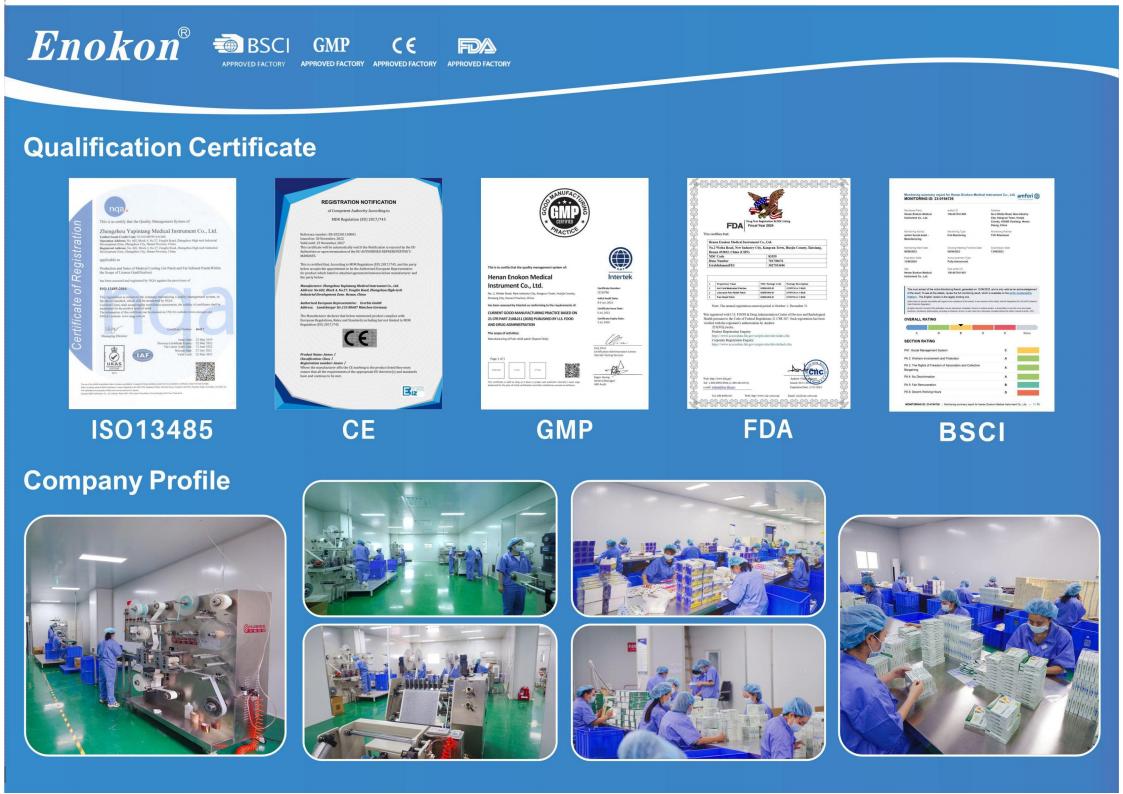The Evolving Fever Cooling Patch Market: Demand Shifts, Usage Innovations, and Diverse User Needs
1. Demand Changes: Market Expansion and Innovation
Global Market Growth:
The fever cooling patch market is projected to grow from $1.8 billion in 2023 to $3.5 billion by 2032, driven by rising fever prevalence and demand for non-invasive healthcare solutions. Asia-Pacific leads this expansion, fueled by aging populations and increasing birth rates, while North America and Europe see steady growth due to heightened health awareness.
Product Innovation:
Traditional hydrogel patches now coexist with "smart" patches (e.g., temperature sensors linked to apps) and eco-friendly variants. Herbal and reusable patches are gaining traction, with innovations like extended cooling (up to 10 hours) and low-allergenic materials catering to sensitive demographics.
E-commerce Surge:
Online sales dominate distribution (35% market share), with platforms like Amazon enabling cross-border access to TCM-inspired patches (e.g., Henan motion-sickness patches). Offline channels (pharmacies, supermarkets) remain vital for immediate needs.
2. Usage Methods: Precision and Safety
Optimal Placement:
Efficacy hinges on targeting high-blood-flow areas: forehead (most common), neck arteries,腋下(armpits), and groin. Multi-patch application (e.g., bilateral arteries) accelerates cooling.
Critical Protocols:
Skin preparation: Clean, dry skin ensures adhesion and heat conduction.
Duration: Replace every 4–8 hours; avoid prolonged use to prevent skin irritation.
Contraindications: Never apply to broken skin or during early fever chills (may worsen discomfort).
Complementary Techniques:
Pair with room-temperature hydration (not ice baths) to avoid thermal shock. Over-38.5°C fevers require medical intervention—patches offer auxiliary relief only.
3. User Demographics: Age-Specific Trends
Infants & Children (51% market share):
Patches for ages 3 months+ dominate sales, with gentle formulations avoiding alcohol or parabens. Parents prioritize safety (e.g., low-chemical "Baby Pigeon" patches), though infants under 2 months require pediatric supervision.
Adults (38% market share):
Demand rises among over-65s and chronic-illness patients (e.g., arthritis). Adult-specific patches offer stronger cooling agents but face efficacy debates—many repurpose pediatric versions despite reduced potency.
Niche Groups:
Pregnant women: Use hypoallergenic patches (e.g., hydrogel) under medical guidance, avoiding abdominal placement.
Sensitive-skin users: Prefer plant-based options (e.g., aloe-infused patches), now 18% of China’s market.
4. Challenges and Future Outlook
Regulatory Gaps:
"Detox" scams (e.g., Nuubu patches) exploit regulatory loopholes, causing rashes without clinical benefits. Stricter FDA/NMPA oversight is needed.
Insurance Barriers:
Limited coverage for patches (e.g., Flector denied for chronic pain) restricts accessibility, especially for low-income families.
Sustainable Evolution:
Brands like Nichiban and 3M are pioneering biodegradable materials and concentrated formulas to reduce waste. Smart patches with real-time monitoring may bridge home and clinical care by 20307.
Conclusion: The fever patch market balances innovation with responsibility. While tech-driven designs and demographic targeting propel growth, universal standards for safety, efficacy, and sustainability remain imperative for equitable global health impact.
